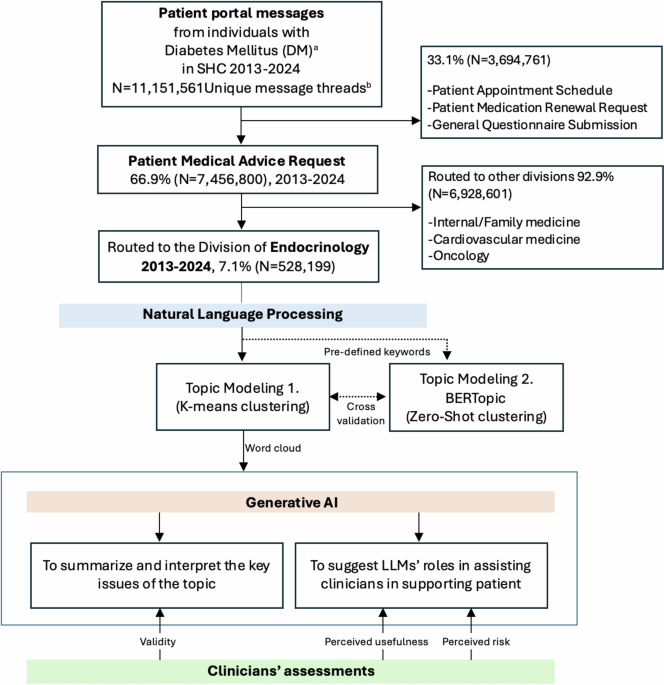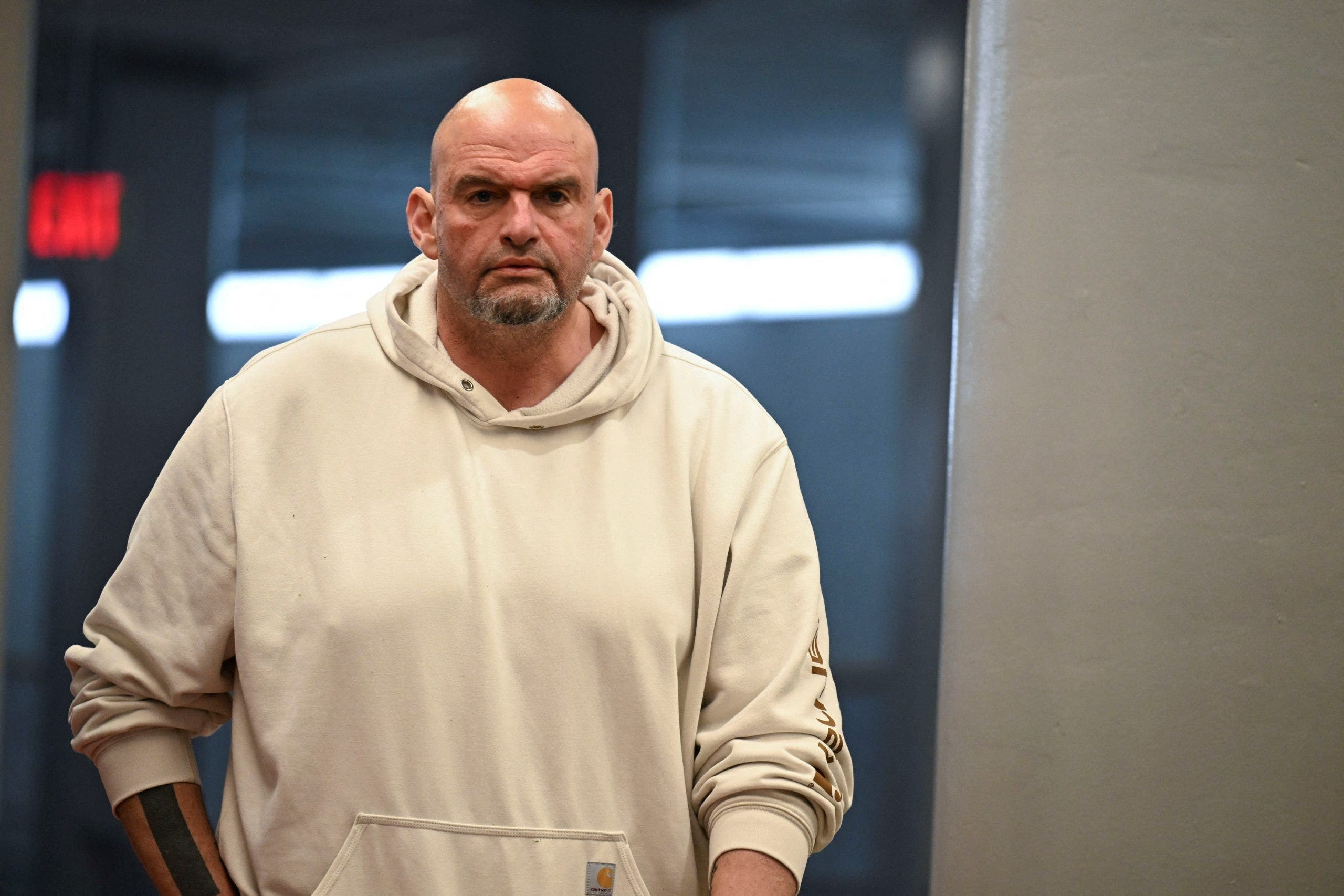How doctors are treating a rise in diabetes in rural areas

The story originally aired April 20, 2023, and remains relevant today.
NOTE: If you are short on time, watch the video and complete this See, Think, Wonder activity: What did you notice? What did the story make you think about? What would you want to learn more about?
SUMMARY
Over the past two decades, life expectancy in rural areas has declined. One major reason is the prevalence of diabetes. With support from the Pulitzer Center and in collaboration with the Global Health Reporting Center, special correspondent Dr. Alok Patel reports from the Rio Grande Valley in Texas for our series Rural RX.
View the transcript of the story.
A person receives a test for diabetes during Care Harbor L.A. free medical clinic in Los Angeles, California September 11, 2014. The four-day clinic provides free medical, dental and vision care, prevention resources and follow-up care to thousands of uninsured, under-insured and at-risk individuals and families. Photo by Mario Anzuoni/Reuters
News alternative: Check out recent segments from the NewsHour, and choose the story you’re most interested in watching. You can make a Google doc copy of discussion questions that work for any of the stories here.
Key terms
type 1 diabetes — a chronic condition that affects the cells of the pancreas from making insulin making cells of the pancreas; affects 1.25 million Americans
type 2 diabetes — a condition in which the body can no longer use insulin correctly and sugar builds up in the blood; affects about 37 million Americans
obesity — a complex disease that involves having too much body fat; “Obesity isn’t just a cosmetic concern. It’s a medical problem that increases the risk of many other diseases and health problems. These can include heart disease, diabetes, high blood pressure, high cholesterol, liver disease, sleep apnea and certain cancers.”
hypertension — high blood pressure; a condition in which the force of the blood against the artery walls is too high
Source: Mayo Clinic
WARM-UP QUESTIONS
- Who are some of the people featured in this story?
- Where does this story take place?
- How do people develop type 1 and type 2 diabetes?
- What are some of the public health challenges in Hidalgo County discussed by Dr. Ivan Melendez?
- Why do many residents of the Rio Grande Valley not go to see the doctor, according to Dr. Linda Nelson?
FOCUS QUESTIONS
- What are two points in the story that most resonated with you and why?
- What are some potential long-term effects for people if they are not able to see a doctor for basic medical needs? What are the larger effects on their community and society as a whole?
Media literacy: This story focuses on diabetes in rural America. How could you find out how diabetes affects people who live in big cities?
WHAT STUDENTS CAN DO
A. Reflective writing activity:
Sir Frederick Banting on the cover of Time magazine in 1923. Credit: 
Frederick Banting (1891–1941) received the Nobel Prize in physiology/medicine for his co-discovery of insulin in 1923, becoming the first Canadian and the youngest person, at age 32, to receive the honor. As a result of Banting’s discovery, millions of people across the world were able to extend their lives by decades.
Banting once said, “I am a firm believer in the theory that you can do or be anything that you wish in this world, within reason, if you are prepared to make the sacrifices, think and work hard enough and long enough.”
Directions: Take a moment to reflect on Banting’s quote and the interviews you heard from 11-year old Zierra Guajardo and her mother Destiny Rivera.
- Write down some reflections in your notebook or computer on an example in your life in which you worked hard at something and it resulted in something positive.
- Next, jot down some lifestyle choices you have made recently. Keep in mind that it’s not always easy (in fact, it can be quite hard) to make healthy decisions when it come to our lifestyle, including diet and exercise. However, it’s important to reflect on our decisions and think what we might do differently. Talk with a family member, friend or teacher about what you wrote.
B. Video
Learn more about the differences between type 1 and type 2 diabetes. Watch this video from Stanford University:
Sign up for PBS News Hour Classroom’s ready-to-go Daily News Lessons delivered to your inbox each week.
Fill out this form to share your thoughts on Classroom’s resources.
link






